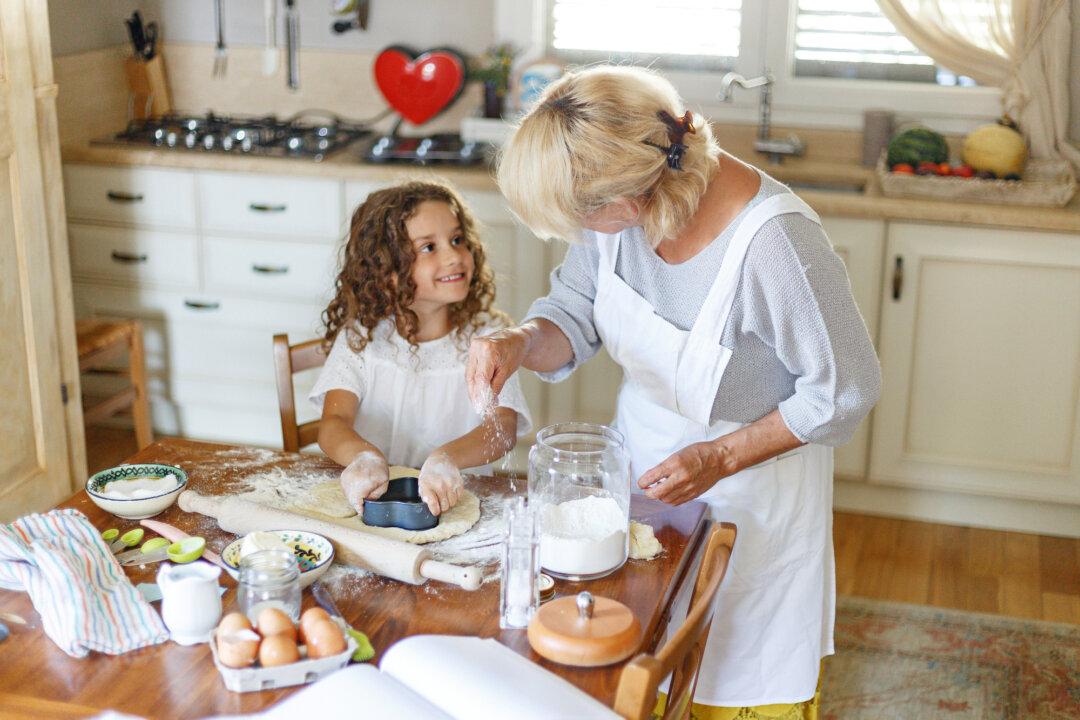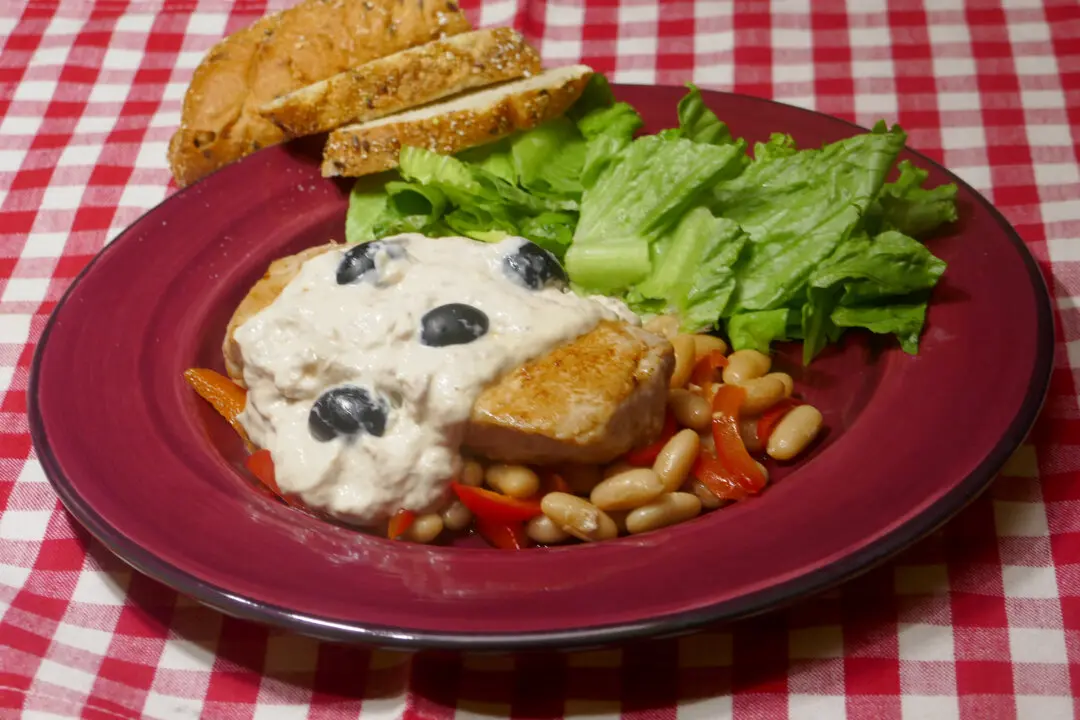By Gretchen McKay
From Pittsburgh Post-Gazette
PITTSBURGH—Dustin Gardner has mentored scores of young cooks in the 16 years he’s served as executive chef of Casbah, an upscale Mediterranean restaurant in Shadyside. But it’s safe to say the budding chef who tugs tightest on his heartstrings is his pint-sized daughter.






